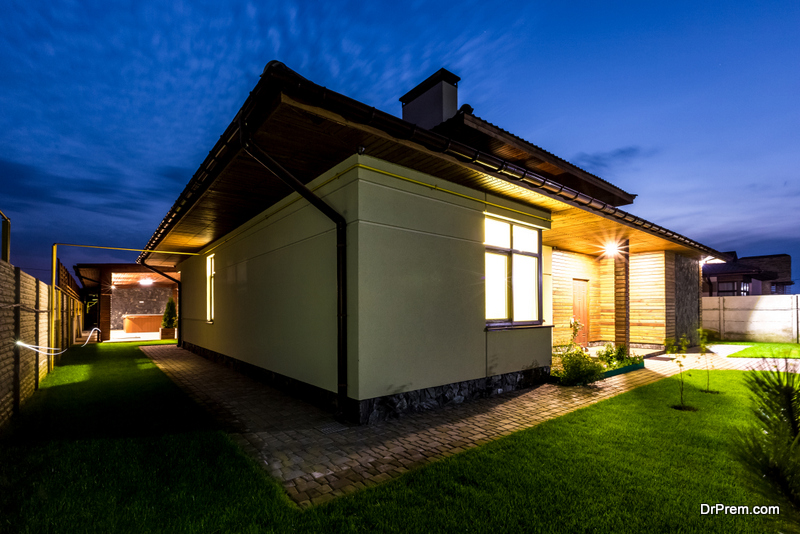When it comes to interior design, most homeowners don’t spend a lot of time thinking about lighting. And if they do, it’s generally about the appearance of fixtures – not the quality and dispersion of light. But it’s not something you should ignore.
4 Tips for Better Lighting Design
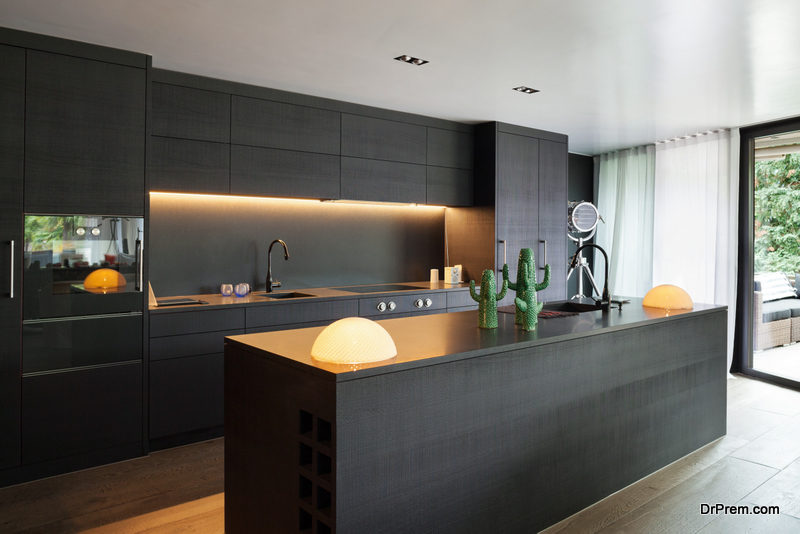 If you ever tour a luxury home or spend time scrolling through a Pinterest board full of professionally designed interiors, consider the lighting. You’ll notice that they all have strategic, purposeful approaches to lighting design – a far cry from the secondary status lighting typically gets in traditional design. And if you want to achieve a similar look in your own home, you can leverage the following tips:
If you ever tour a luxury home or spend time scrolling through a Pinterest board full of professionally designed interiors, consider the lighting. You’ll notice that they all have strategic, purposeful approaches to lighting design – a far cry from the secondary status lighting typically gets in traditional design. And if you want to achieve a similar look in your own home, you can leverage the following tips:
1. Use All Three Layers
In lighting design, there are three general types of lighting. Each plays a specific role – offering an aesthetic or functional benefit (or a blend of the two). They are:
a) Ambient:
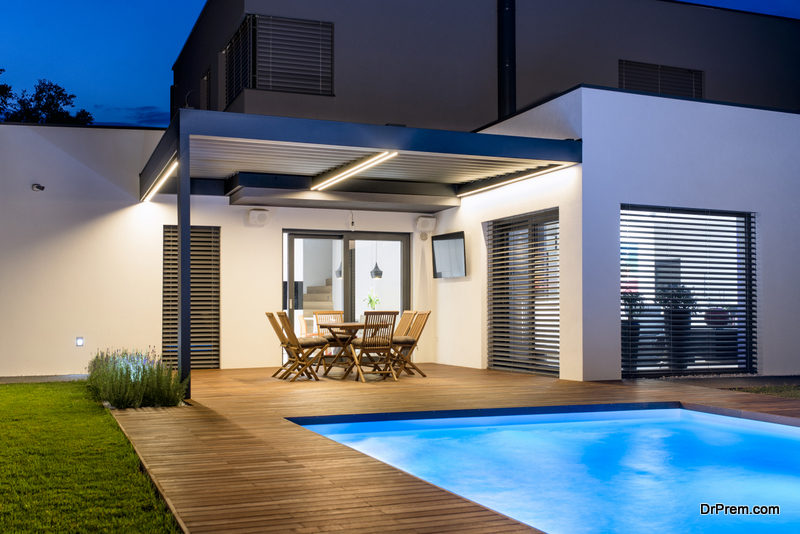 The first layer of lighting is ambient. This is what provides the overall illumination for the space and is designed to cast uniform lighting across a room. It’s typically soft and should be dimmable (though most homeowners miss this last part). You’ll find ambient lighting in almost every room, but it’s especially important in hallways, kitchens, home offices, and bedrooms.
The first layer of lighting is ambient. This is what provides the overall illumination for the space and is designed to cast uniform lighting across a room. It’s typically soft and should be dimmable (though most homeowners miss this last part). You’ll find ambient lighting in almost every room, but it’s especially important in hallways, kitchens, home offices, and bedrooms.
b) Task:
As the name suggests, task lighting is intended to provide lighting for a particular task. A classic example would be a reading lamp by a chair, or bathroom vanity lighting.
c) Accent:
Finally, there’s accent lighting. This lighting is intended to accentuate specific elements of the larger interior design. Examples would be track lighting underneath cabinets or wall-mounted picture lights to illuminate artwork.
A good lighting design will integrate all three of these layers. Some rooms will have more ambient lighting and less task lighting, while others will be predominantly task-based with pockets of accent lighting. There’s plenty of room for creativity here. Play around with different setups until you find one that’s both visually pleasing and practical for everyday life.
2. Embrace Dimmer Switches
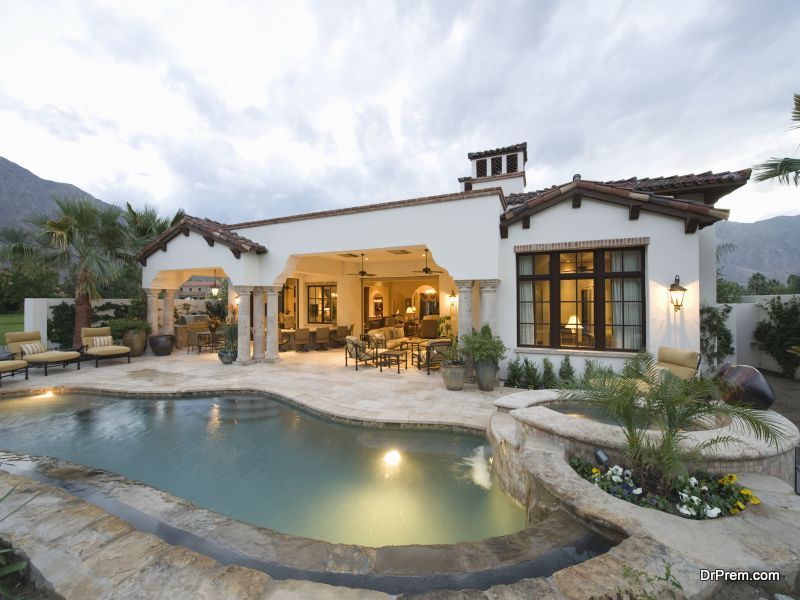 Dimmer switches are your friends. Repeat that out loud: Dimmer switches are your friends. Speak to any lighting designer about their biggest pet peeves, and they’ll be quick to bring up the lack of dimmer switches in the average home.
Dimmer switches are your friends. Repeat that out loud: Dimmer switches are your friends. Speak to any lighting designer about their biggest pet peeves, and they’ll be quick to bring up the lack of dimmer switches in the average home.
Dimmer switches allow you to have full control over your lighting at any time of the day. You can bring lighting up or down based on the weather (cloudy vs. sunny) time of day (early morning vs. late afternoon), or occasion (watching a movie vs. hosting a party). They’re also extremely cheap to install. Don’t ignore dimmer switches any longer.
3. Gain Control over Natural Light
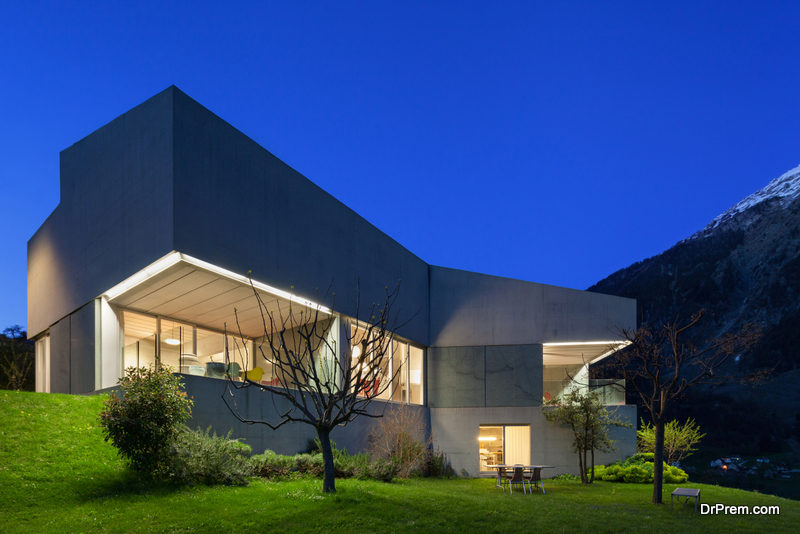 Natural light is a beautiful thing. The only problem is that it’s unpredictable. And depending on the orientation of your home, there can be significant changes in light, shadows, and temperature throughout the day. But with the right window treatments and coverings, you can regain control. Take plantation shutters as an example.
Natural light is a beautiful thing. The only problem is that it’s unpredictable. And depending on the orientation of your home, there can be significant changes in light, shadows, and temperature throughout the day. But with the right window treatments and coverings, you can regain control. Take plantation shutters as an example.
“Plantation shutters are designed with warm climates in mind, which is why they offer excellent control light and airflow throughout the day with their easy-to-operate moveable blades,” The Blinds Place explains. “In addition to allowing outstanding control over natural light and ventilation, plantation shutters are also widely considered an excellent investment in curb appeal.”
In many modern designs, lighting designers are actually encouraging homeowners to go with automatic or smart blinds, which can be controlled remotely to provide easy control around the clock. These come in a variety of styles, including translucent and blackout.
4. Become a Light Bulb Connoisseur
 The light bulbs you select are often more important than the type of fixture. There are a variety of bulbs on the market – including LED, incandescent, and fluorescent – different shapes and sizes, different wattages and lumens, and varying levels of energy efficiency. Do your research so that you know how to select the right bulbs for your lighting design.
The light bulbs you select are often more important than the type of fixture. There are a variety of bulbs on the market – including LED, incandescent, and fluorescent – different shapes and sizes, different wattages and lumens, and varying levels of energy efficiency. Do your research so that you know how to select the right bulbs for your lighting design.
Let There Be Light
Light is something we take for granted. It shouldn’t just be adequate. It needs to be purposeful, strategic, and fully integrated into the larger design of the room. The next time your remodel, add-on, build a new house, or move into a new place, take the time to consider how you approach lighting. It has the power to change the entire look and feel of your home.
Article Submitted By Community Writer


